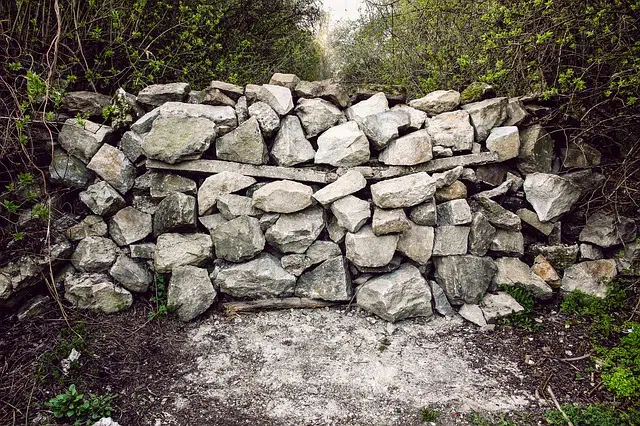
An obstacle can be physical or symbolic.
An obstacle is a difficulty or stumbling block . The term comes from the Latin word obstacŭlum .
a problem
The concept is used in different ways according to the context . At a general level, it can be said that an obstacle is a problem or an inconvenience .
For example: “I managed to overcome many obstacles and was finally able to graduate,” “The injury to the team captain is an obstacle for the coach when thinking about the team's starting lineup,” “Throughout the year inflation was an obstacle.” that prevented me from achieving my financial goals.”
Formal studies require a significant investment of money, time and energy , so it is an undertaking that is generally hindered by various obstacles. When the captain of a sports team cannot participate in an important match, success is put at risk. Inflation is an economic phenomenon that represents an undeniable obstacle to modern life.
Obstacle seriousness
All people face multiple obstacles in their daily lives. Many are minor and are easily overcome; Even if they cannot be circumvented, they do not carry serious consequences. Other obstacles, however, can cause very serious setbacks.
Suppose a man drives his car to his office. In the middle of the trip, a tire gets punctured . This is an obstacle that makes you late for work, since you have to change the tire in question for another. However, it is not a very serious obstacle because it can be resolved in a few minutes.
in sport
In the field of sport , obstacles are known as obstacles that are installed on a track to hinder the progress of competitors. Obstacle races , in this way, are athletics competitions in which athletes must jump over hurdles and/or pits in the shortest time possible.
Obstacle courses are also used in certain training plans. It is common for military training to include these types of challenges.
obstacle courses
These races must be done on foot, and require very specific training to reach a competitive level. Since there are different versions, we must mention the two most relevant: the 3000 meter version and the 2000 meter version . In the beginning, it was not carried out by running on foot, but on horseback , around the 17th century. At that time, the route linked two towns: the pinnacle of each church was used as a reference point, since it could be easily seen from afar.
Needless to say, in this first version, the obstacles were natural: from thorny plants to rivers, the landscape presented a sufficient number of challenges to the competitors. It was only in the 19th century, in Oxford, that the organization changed and the steeplechase approached the format it has today. Returning to the distances mentioned above, the 3000-meter race requires seven jumps, while the 2000-meter race requires two less. The distribution of these obstacles must be proportional, that is, it must cut the track in equal parts.

Obstacle races require a very high level of physical preparation.
Speaking specifically of the obstacles, these are fences and a water pit. For men's races, the height of the hurdles must be 91.4 centimeters ; for women, 76.2 centimeters . Your top bar should display stripes of contrasting colors (black and white are usually used). The water must reach the level of the ground. The goal is to jump over the fences , either cleanly (without touching it at all) or by placing one foot on it, and cross the pit. If it is not possible to jump beyond the end of the pit, it is mandatory to run over the water.
Athletes may be disqualified if:
* they cannot overcome one of the fences;
* they pass by one side of the pit ;
* pass a foot or leg under a fence.
